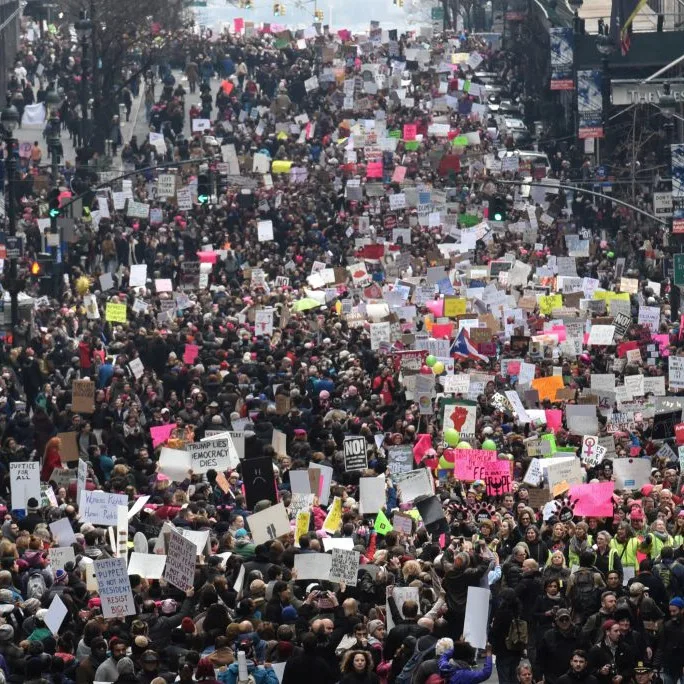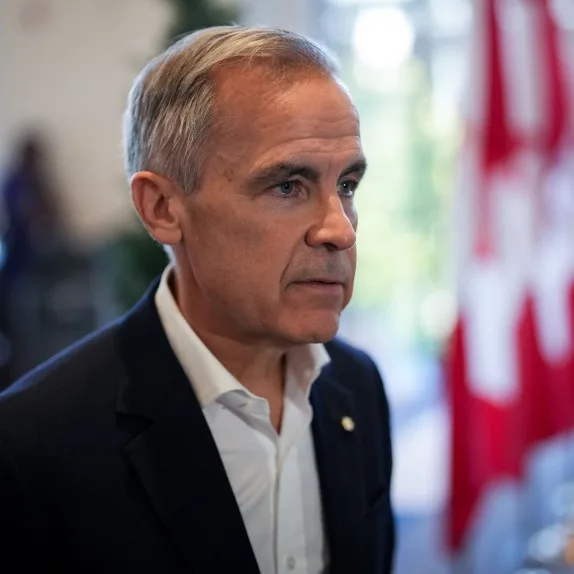The upcoming inauguration of Donald Trump in 2025 has prompted discussions about the absence of a significant Women’s March, unlike the massive demonstrations witnessed in 2017. The 2017 Women’s March became a global symbol of resistance against Trump’s administration, drawing an estimated 3 million participants across the United States and inspiring millions more worldwide. Activist Linda Sarsour, who was a key organizer in 2017, emphasized, ‘The Women’s March was about collective outrage and calls for action.’ As communities gear up for the inauguration, the landscape of activism has evolved. Many activists point to a shift in focus towards specific local issues, such as reproductive rights and economic justice, rather than a singular large-scale protest. Social media has also changed how movements organize, leading to more individualized and smaller gatherings rather than a unified march. In discussions around the lack of a ‘big march’, some activists express disappointment. ‘We still have grievances to voice, but maybe we’ve become more strategic about it,’ said Sofia Campos, a local activist. The 2023 pro-choice protests are evidence of this shift, showcasing a more targeted approach to activism. As the nation prepares for the political showdown again, many are left asking if the momentum of the past can be recreated or if the methods have irrevocably changed. Following the announcement of Trump’s candidacy in 2024, the enthusiasm for organizing around women’s rights appears less centralized, reflecting a more complex political landscape. Critics of the Women’s March have also pointed out that the movement lost momentum due to internal divisions and controversies, prompting a reevaluation of their strategies. Nonetheless, with the growing interest in gender-related topics, it remains to be seen how women will mobilize in response to the oncoming disruption projected for 2025.
Comparing the Women’s Marches: 2017 vs. 2025 Inauguration of Donald Trump













